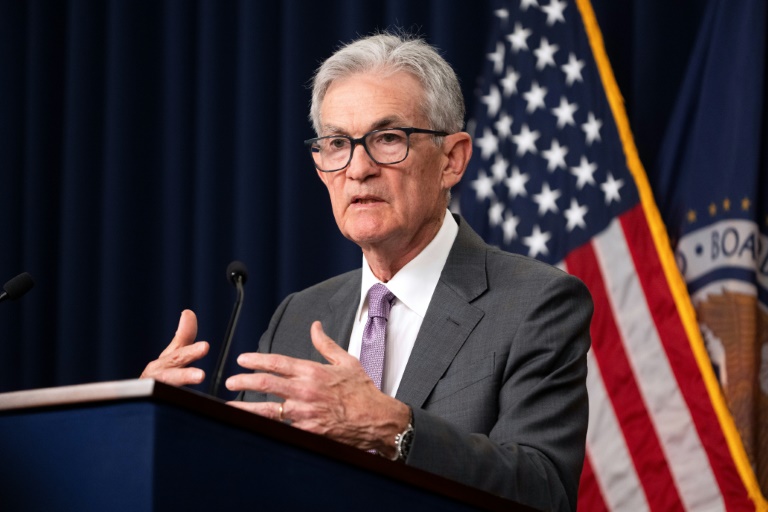The one thing U.S. economists are counting on this week is a much-anticipated interest rate cut by the Federal Reserve. However, the fallout from Wednesday’s expected move is not so certain.
After raising the benchmark rate to 5.25 to 5.5%, the highest in 23 years, the Fed is poised to start bringing the rate back down at a pace to facilitate the “soft landing” officials seek.
“The time has come for policy to adjust,” Fed Chair Jerome Powell said at last month’s regular address. “The direction of travel is clear, and the timing and pace of rate cuts will depend on incoming data, the evolving outlook, and the balance of risks.”
Questions about how quickly the Fed will act to reduce the rates, what percentage rate the first cut will be, and how the markets react to the moves remain to be answered. The desired result is getting inflation under control while avoiding a recession on the road back to normal.
“This rate cut is great news for middle-class families,” economist Michael Madowitz told Business Insider. “Not only does it underscore the Fed is convinced that inflation is coming under control, it signals the economy has recovered to a faster, sustainable growth trajectory and is ready for further investments in job creation.”
The Fed’s upcoming maneuvers are akin to a high-stakes balancing act of lowering rates at a level to spurn recovery without doing harm to the labor market or creating a recession. The burning question is whether the Fed will implement a 25 basis point reduction or a more aggressive 50 bps cut to start the process.
“Yes it is an uphill climb, but I think the Federal Reserve will cut its policy rate by 50 basis points at its upcoming meeting,” Renaissance Macro Head of Economic Research Neil Dutta wrote. “The case for doing more upfront is strong.”
There is growing sentiment that a more aggressive reduction schedule is in order. Futures on the Fed’s policy rate now reflect about a 47% chance that the Fed will cut its policy rate by a half of a percentage point, up from about 28% on Thursday.
“Our view is that the Fed is behind the curve — that it should have been easing from June even, or potentially May,” Parthenon economist Gregory Daco said, “and that now it needs to catch up and may have to front-load some of the rate cuts.”
The intended effects are many — a gradual lowering of mortgage rates that have chocked off activity in the housing market, easier access to credit and lowering interest rates that have clobbered consumers, and a steady labor market that doesn’t suffer from rising unemployment or mass layoffs. For now, economists, politicians and consumers are keeping their fingers crossed.
“Jerome Powell’s Fed has navigated both market and political pressures rather well,” Philipp Carlsson-Szlezak, global chief economist at Boston Consulting Group, told CNN. “Bashing the Fed is sort of everyone’s pastime, but nothing in the economy has broken.”







